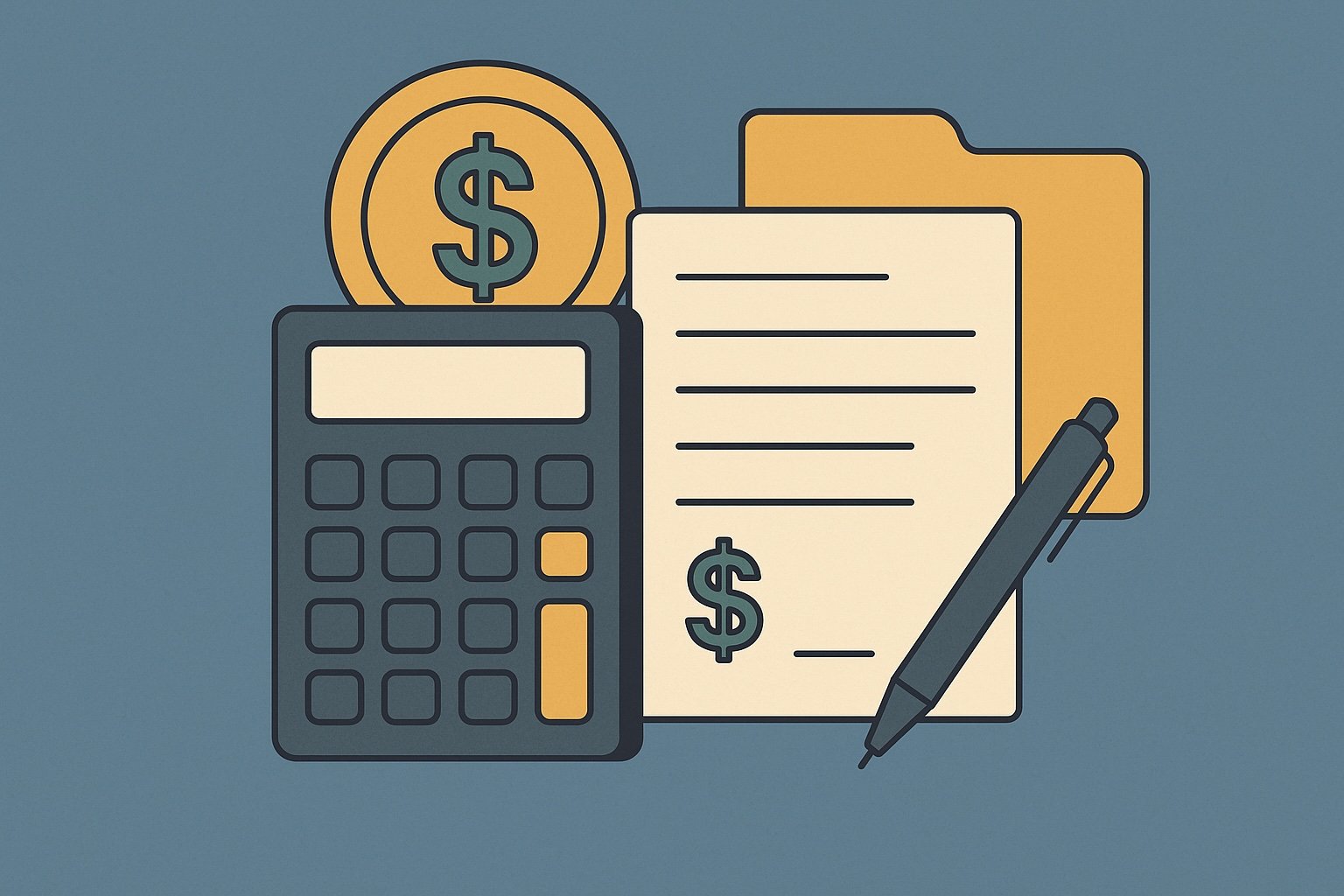Question
ARTE's Answer
The 45-day identification period is a critical component of a 1031 exchange, which allows investors to defer capital gains taxes when exchanging like-kind properties. This period is part of the rules set forth by the IRS to ensure that the exchange is properly structured and qualifies for tax deferral under Section 1031 of the Internal Revenue Code.
When you initiate a 1031 exchange, you must identify potential replacement properties within 45 days of transferring your relinquished property. This period is known as the "identification period." The clock starts ticking on the day you transfer the relinquished property, and it ends at midnight on the 45th day thereafter. It's important to note that this is a strict deadline, and failing to identify replacement properties within this timeframe can disqualify the exchange from tax deferral benefits.
To properly identify replacement properties, you must provide a signed written document that clearly describes the properties. This document should be delivered to the person obligated to transfer the replacement property or any other party involved in the exchange, except for yourself or a disqualified person. The description should be specific, using details like the legal description or street address for real property.
You have the flexibility to identify more than one replacement property, but there are limitations. Generally, you can identify up to three properties without regard to their fair market value. Alternatively, you can identify more than three properties as long as their combined fair market value does not exceed 200% of the fair market value of the relinquished property. This is known as the "200% rule."
Let's illustrate this with an example involving Deferred.com as your qualified intermediary. Suppose you own a commercial property valued at $500,000, and you decide to sell it as part of a 1031 exchange. You transfer the property on January 1st. By February 15th (the 45th day), you must identify potential replacement properties. You could choose to identify three properties, regardless of their value, or you could identify more than three properties, provided their total value does not exceed $1,000,000 (200% of the relinquished property's value).
Imagine you identify three potential replacement properties: Property A, Property B, and Property C. You submit a signed document to Deferred.com, your qualified intermediary, detailing the legal descriptions of these properties. Deferred.com will then facilitate the exchange, ensuring that you receive one or more of the identified properties within the exchange period, which is the earlier of 180 days from the transfer of the relinquished property or the due date of your tax return for that year.
By adhering to the 45-day identification period and working with Deferred.com, you can successfully complete a 1031 exchange and defer capital gains taxes, allowing you to reinvest in new properties and continue growing your investment portfolio.
Have more questions? Call us at 866-442-1031 or send an email to support@deferred.com to talk with an exchange officer at Deferred.
1031 Question? Ask ARTE
Deferred's AI 1031 Research Assistant is trained on 8,000+ pages of US tax law and outperforms human CPAs by 22%+
CHAT NOW
Learn More
See more frequently asked questions about 1031 exchanges








